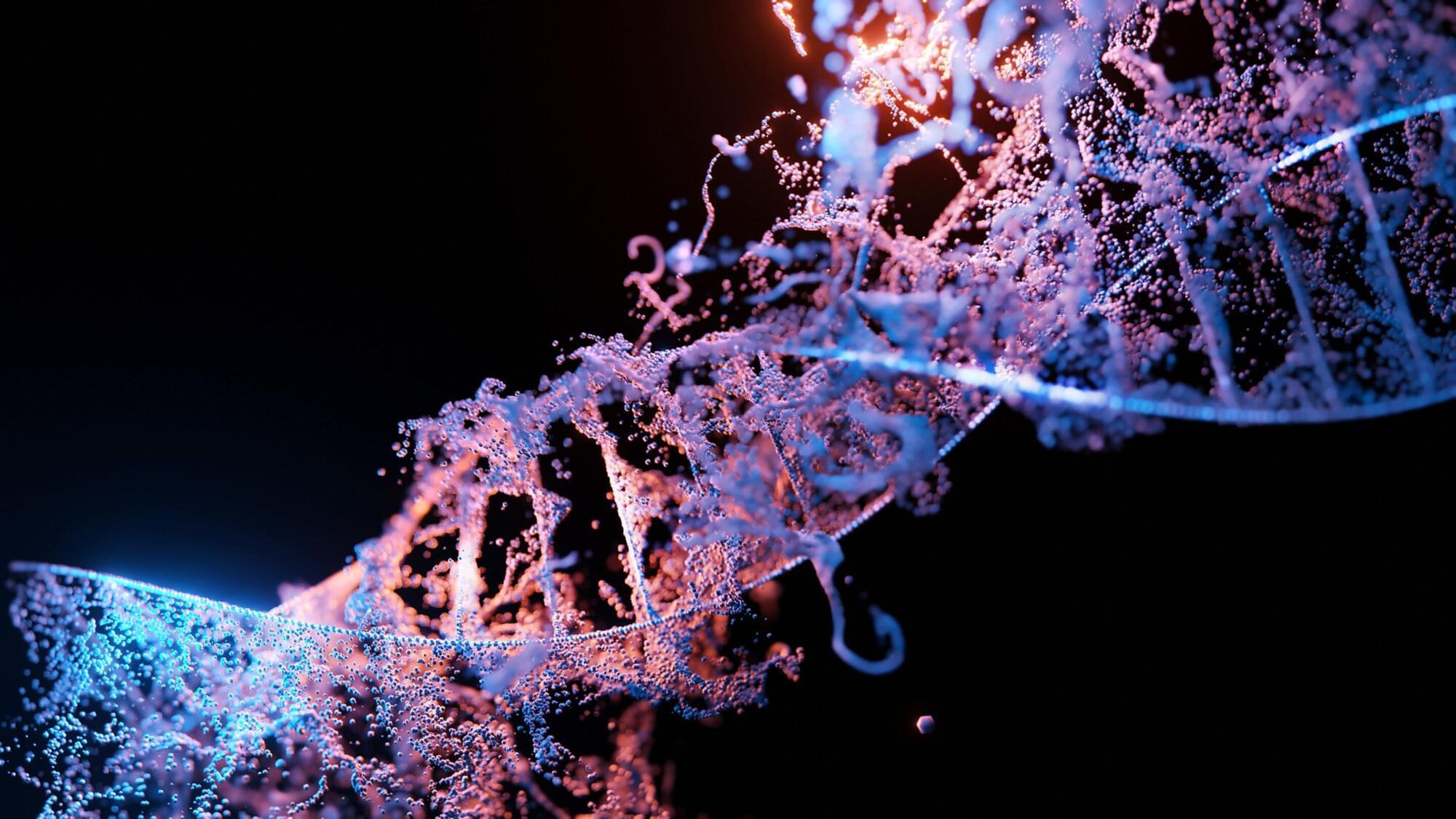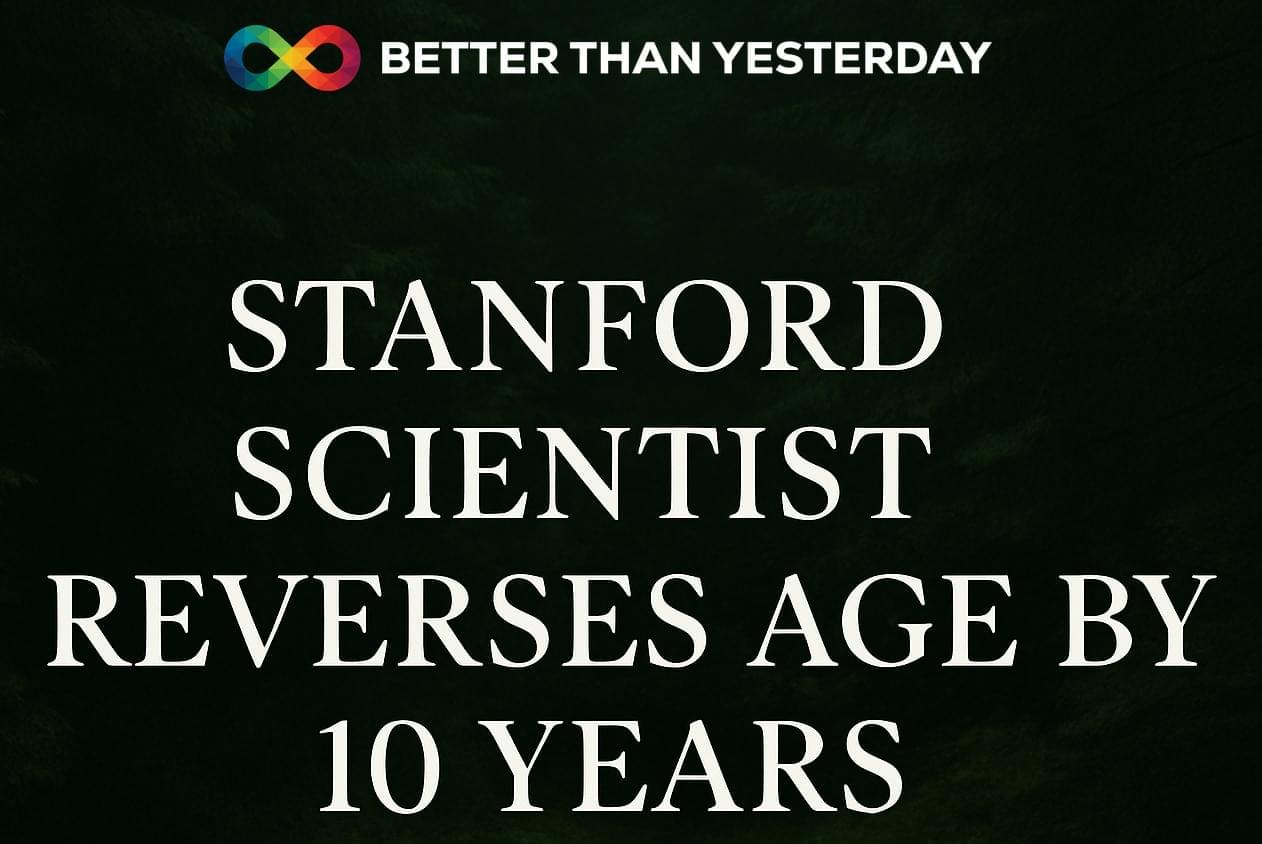Another ocular condition tied to GLP-1 drugs when taken by patients with diabetes



Scientists at the Institute for Basic Science (IBS) have uncovered a non-invasive method to boost the brain’s natural waste drainage system—a discovery that could open new avenues for tackling age-related neurological disorders.
In a study published in Nature, researchers from the IBS Center for Vascular Research, led by Director Koh Gou Young, along with senior researchers Jin Hokyung, Yoon Jin-Hui, and principal researcher Hong Seon Pyo, demonstrate that precisely stimulating the lymphatics under skin on the neck and face can significantly enhance the flow of cerebrospinal fluid (CSF)—the liquid that cushions the brain and helps remove toxic waste —through lymphatic vessels.
This offers a new approach to clearing brain waste using safe, non-invasive mechanical stimulation, rather than relying on drugs or surgical interventions.
We dived deep into the difference between cryonics and biostasis, the philosophy of extropy, the future of cryonics, ethical and political dilemmas connected with biostasis, the proactionary principle, reframing the “death” idea, the future of human identity and much more!
Ever wonder why we can’t live forever? The answer might be ticking inside every one of your cells. In this video, Dr. Bill Andrews dive into the fascinating…

Scientists at the San Raffaele Telethon Institute for Gene Therapy (SR-Tiget), Milan, have found that gene editing using CRISPR-Cas9 in combination with AAV6 vectors can trigger inflammatory and senescence-like responses in blood stem cells, compromising their long-term ability to regenerate the blood system.
The study, published in Cell Reports Medicine, outlines new strategies to overcome this hurdle, improving both the safety and efficacy of gene-editing-based therapies for inherited blood disorders.
The research was led by Dr. Raffaella Di Micco, group leader at SR-Tiget, New York Stem Cell Foundation Robertson Investigator and Associate Professor at the School for Advanced Studies (IUSS) of Pavia, in collaboration with Professor Luigi Naldini, Director of SR-Tiget, and several European research partners.

New YT video, featuring RAADFest creator, James Strole!
Join us on Patreon! https://www.patreon.com/MichaelLustgartenPhD
Discount Links/Affiliates:
Blood testing (where I get the majority of my labs): https://www.ultalabtests.com/partners/michaellustgarten.
At-Home Metabolomics: https://www.iollo.com?ref=michael-lustgarten.
Use Code: CONQUERAGING At Checkout.
Clearly Filtered Water Filter: https://get.aspr.app/SHoPY



More and more people are investing their time and energy into longevity — it’s not just living longer, but living happier, healthier and staying productive well past what has been considered “old age.” McKinsey reports that up to 60 percent of consumers across health and wellness markets say that healthy aging is a “top” or “very important” priority. The movement has created a boost in the health and wellness businesses, and to get an overview of the longevity supplements space, we spoke with Dr. Luke Winegard, the Chief Operating Officer at Longevity Method.
Entrepreneur: What is driving the current boom in the longevity supplement market? Dr. Luke Winegard: Growing consumer demand for health and wellness products is creating explosive growth in the longevity supplement market. Scientific advancements and increasing health consciousness are driving this trend, with consumers now focused on “healthspan” — not just how long they live, but how well they live. The pursuit of longevity has moved from being a niche interest of visionaries to becoming mainstream in 2025.
What does “healthspan” mean and why is it important? Healthspan refers to the period of life spent in good health, free from chronic diseases and disabilities. Today’s consumers are concerned not just about adding years to their lives, but making those years healthy, productive, and vital. This represents a cultural shift toward proactive self-optimization where maintaining energy, cognitive sharpness, and resilience is just as important as achieving physical goals.